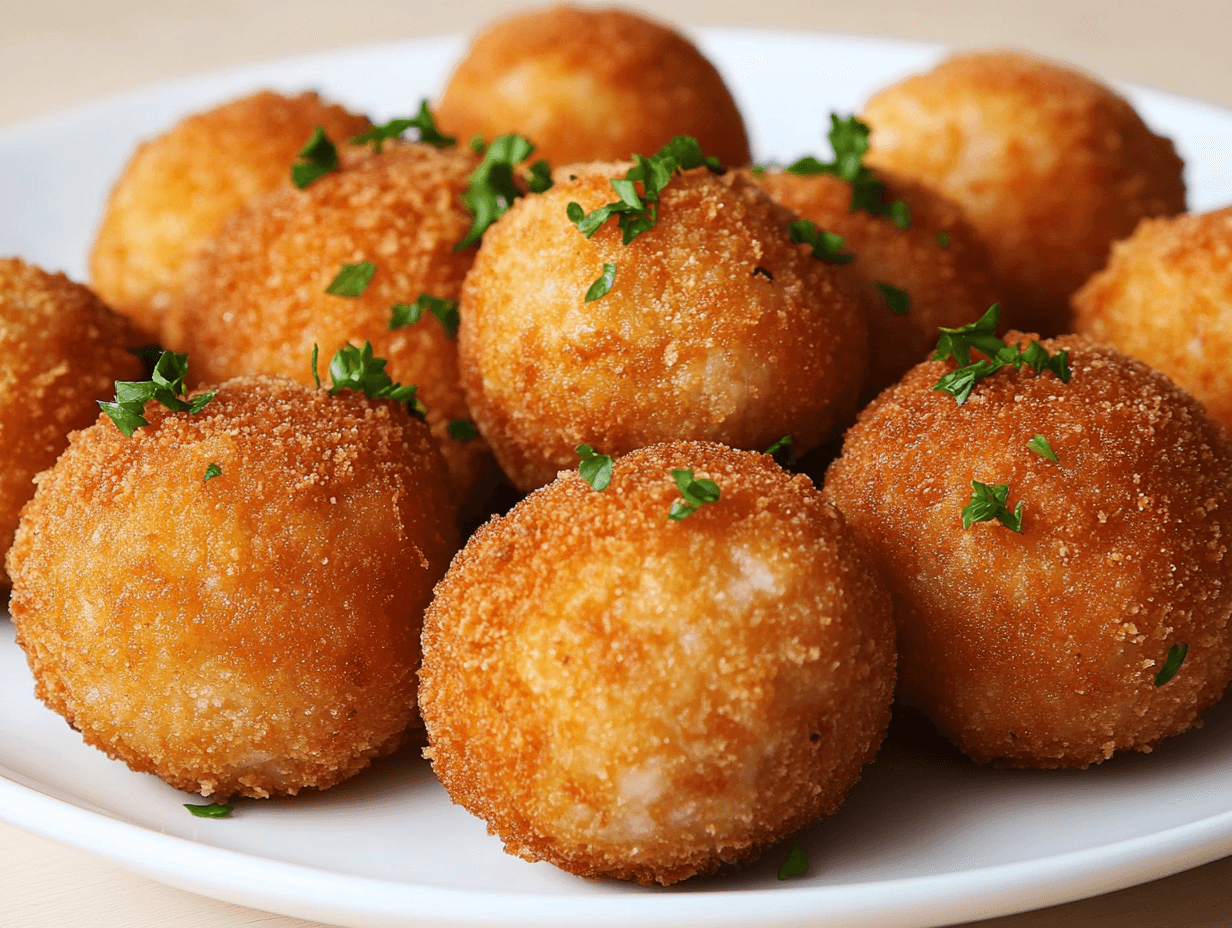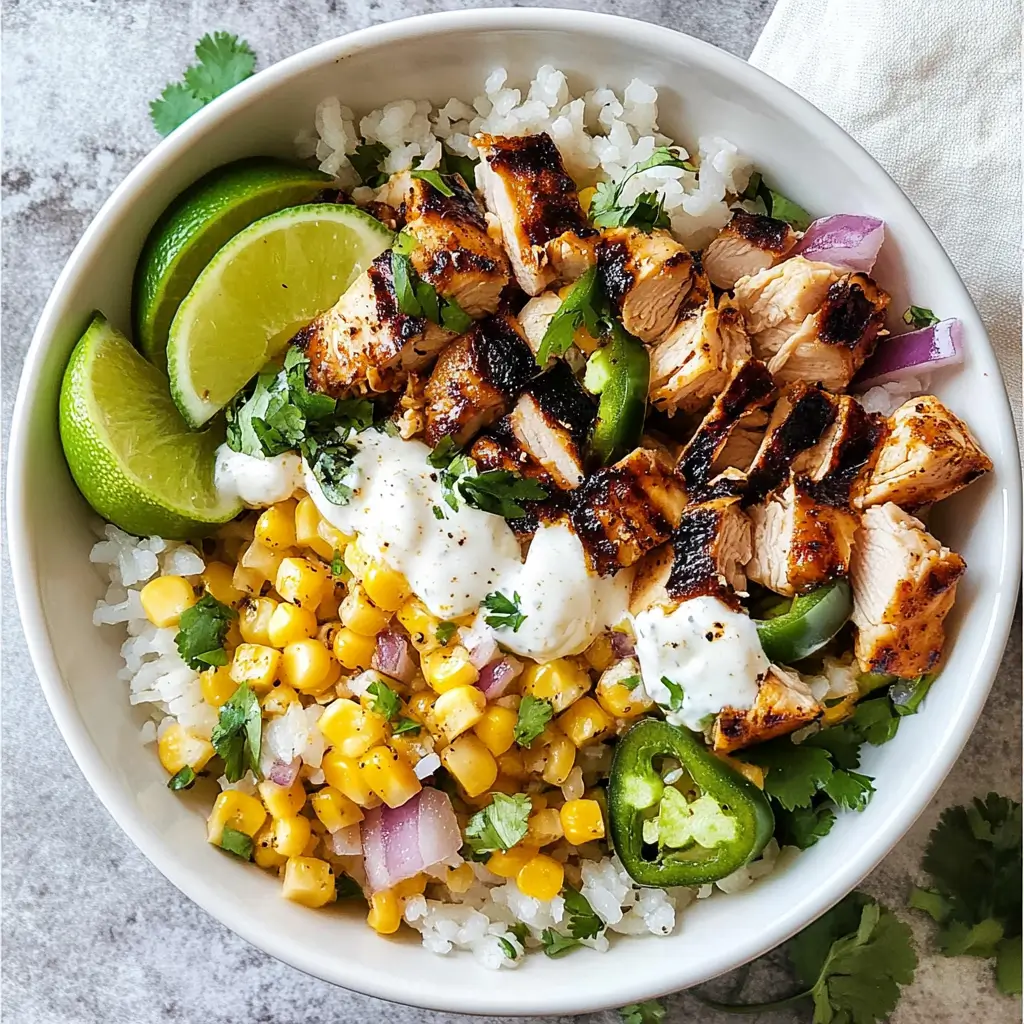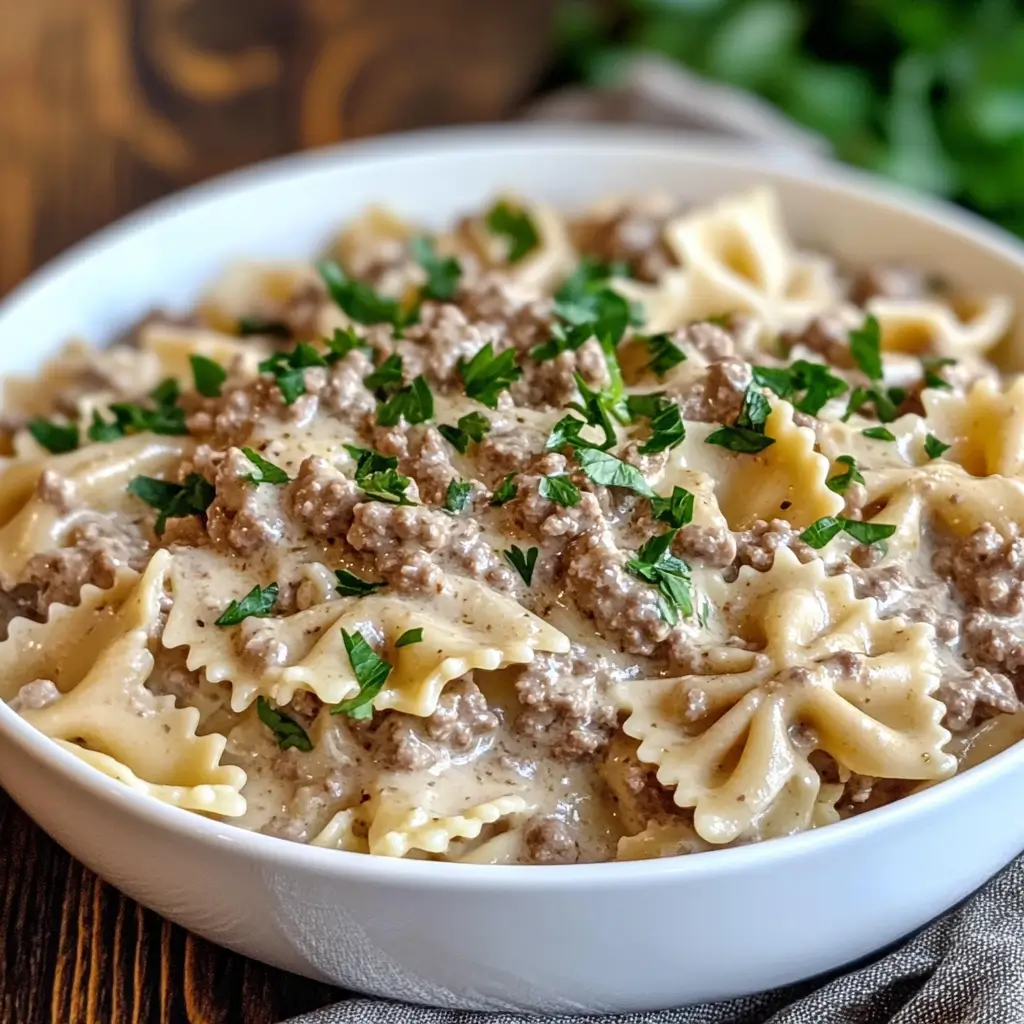Table of contents
Meatballs are a culinary staple, beloved in cuisines around the world, from Italian spaghetti and meatballs to Swedish köttbullar. Though simple to make, many home cooks face a common issue: what causes meatballs to fall apart, and how can we prevent it? The secret lies in understanding the science of binding and perfecting techniques that ensure your meatballs hold together beautifully, no matter the cooking method. This article will delve into the essential factors that affect meatball consistency and provide practical advice for making perfect meatballs every time.
The Science Behind Meatball Binding
While meatballs may appear to be a straightforward mix of meat and spices, they depend on a careful balance of ingredients and methods to maintain their shape. To understand what prevents meatballs from falling apart, it’s important to explore the science behind protein, moisture, and fat balance.
Role of Protein in Meatball Structure
Proteins are the backbone of any meat-based dish. In meatballs, they serve as the foundation that keeps all the ingredients together. When meat proteins are combined with other ingredients and exposed to heat, they coagulate, forming a network that binds the mixture. This step is essential for understanding what prevents meatballs from falling apart and achieving a firm, well-bound texture.
Tip: Using ground meats with a higher protein content, such as beef or pork, can improve the structural integrity of your meatballs. Avoid excessively fatty meats, as they might lack the necessary proteins for binding.
Moisture Balance: Too Much or Too Little
Moisture plays a dual role in meatball making. While moisture is necessary to keep meatballs tender and juicy, too much can make the mixture soggy, causing it to fall apart during cooking. On the other hand, a mixture that’s too dry may crack and crumble, not solving the issue of preventing meatballs from falling apart.
Ideal Balance:
- Use ingredients like breadcrumbs or oats to absorb excess moisture.
- Incorporate liquids (e.g., milk, broth) sparingly to maintain softness without over-saturating the mix.
Fats and Textural Integrity
Fats contribute richness and flavor, but they also affect the texture and firmness of meatballs. Finding the right balance between lean meat and fat is key to preventing meatballs from being too dense or too soft.
Optimal Fat Ratio: Aim for a meat blend with approximately 80% lean meat and 20% fat. This ratio strikes the perfect balance between flavor, texture, and structural stability.
Essential Ingredients for Keeping Meatballs Together

Now that we’ve explored the science behind meatball stability, let’s examine the key ingredients that help bind your mixture and ensure your meatballs hold up during cooking.
The Binding Agents: Eggs and Breadcrumbs
Eggs and breadcrumbs are the quintessential binding agents in meatball recipes. Eggs act as a natural adhesive, while breadcrumbs absorb moisture and provide a sturdy framework.
How to Use:
- Use one large egg and approximately half a cup of breadcrumbs for every pound of meat. Adjust based on the texture of your mixture.
Pro Tip: For added flavor, use seasoned breadcrumbs or freshly made crumbs from stale bread.
Alternative Binders: Potato, Oats, and More
For those with dietary restrictions or looking for innovative alternatives, there are various substitutes for the typical binders:
- Mashed Potatoes: Add creaminess while binding effectively.
- Rolled Oats: Provide a hearty texture and absorb excess liquid.
- Ground Flaxseeds or Chia Seeds: Act as a vegan-friendly binder when mixed with water.
Experimenting with these alternatives can yield unique textures and flavors tailored to your preferences.
Spices and Add-ins: Enhancing Flavor Without Disruption
Although herbs and spices are crucial for flavor, add-ins like large cheese chunks or chunky vegetables can interfere with the meatball’s structure.
Tips for Balance:
- Finely chop any vegetables before adding them to the mix.
- Grate cheese or incorporate it in smaller amounts to prevent destabilizing the meatballs.
Mixing and Shaping Techniques
The process of combining and shaping ingredients is as crucial as the ingredients themselves. Using the right mixing and shaping methods helps your meatballs stay firm, even, and resistant to falling apart during cooking.
The Right Way to Combine Ingredients
When combining your ingredients, aim for a uniform mixture without overmixing.Overmixing can result in dense, rubbery meatballs, while undermixing can leave the ingredients unevenly distributed.
Steps for Effective Mixing:
- Start with Dry Ingredients: Mix breadcrumbs, spices, and any additional dry ingredients first. This ensures even seasoning.
- Add Wet Ingredients Gradually: Incorporate eggs, milk, or broth little by little, mixing lightly with your hands or a spoon.
- Fold in the Meat Last: Gently mix the ground meat into the binder mixture until just combined. Avoid squeezing or overhandling the meat.
Pro Tip: Use damp hands to prevent the mixture from sticking while mixing.
How to Shape Perfectly Firm Meatballs
Uniform shaping is key to even cooking and structural stability. The size of your meatballs can also influence their ability to stay intact.
Shaping Tips:
- Size Matters: Aim for golf ball-sized meatballs for most recipes. Bigger meatballs have a higher chance of falling apart because of their size.
- Gentle Pressure: Use light, even pressure when rolling the meatballs between your palms. Over-compressing can make them dense.
- Use a scoop: A small ice cream scoop guarantees uniform sizing, promoting even cooking and better consistency.
Resting Time: Letting the Mixture Settle
Allowing the meatball mixture to rest before shaping or cooking helps the flavors meld and enhances cohesion. Resting also allows breadcrumbs or other binders to fully absorb moisture, resulting in a firmer texture.
Best Practices:
- Chill the mixture in the refrigerator for at least 30 minutes before shaping.
- After shaping, chill the meatballs for another 15-30 minutes to further stabilize their structure.
Cooking Methods and Their Impact
How you cook meatballs can greatly influence what keeps meatballs from falling apart. Here’s how various methods contribute:
Frying: Achieving a Crispy Exterior
Frying meatballs creates a flavorful, crispy crust that helps lock in moisture and maintain their shape.
Tips for Successful Frying:
- Preheat the pan with a generous amount of oil to prevent sticking.
- Avoid overcrowding the pan; this ensures even browning.
- Use tongs or a spatula to gently turn the meatballs, minimizing handling.
Baking: Consistent Heat for Stability
Baking meatballs is a hands-off method that evenly cooks them while preserving their shape. It’s an excellent choice for large batches.
How to Bake Perfect Meatballs:
- Preheat your oven to 400°F (200°C).
- Arrange meatballs on a lined baking sheet with ample space between them.
- Bake for 15-20 minutes, depending on size, until they are golden and cooked through.
Pro Tip: For extra flavor, drizzle olive oil over the meatballs before baking.
Preventing Breakage in Sauces

Simmering meatballs directly in a sauce can infuse them with flavor, but it requires a delicate touch to prevent them from falling apart.
Simmering Tips:
- Brown the meatballs in a skillet before adding them to the sauce. This step creates a crust that helps them stay intact.
- Use a gentle simmer; a vigorous boil can break apart delicate meatballs.
- Avoid stirring too often; instead, shake the pot lightly to redistribute the meatballs.
Common Mistakes to Avoid
Even experienced cooks can make mistakes that lead to crumbly meatballs. By avoiding these common pitfalls, you can ensure perfectly stable results every time.
Overmixing the Ingredients
Overworking the mixture can cause the proteins in the meat to become overly compacted, resulting in dense, tough meatballs.
Solution: Mix the ingredients just until combined, and stop as soon as the mixture holds together.
Ignoring the Binder-to-Meat Ratio
Failing to maintain the right ratio of meat to binders like breadcrumbs or eggs can lead to structural instability.
Solution: For every pound of meat, aim for:
- 1 large egg
- ½ cup breadcrumbs
- 2-3 tablespoons of liquid (e.g., milk or broth)
Skipping the Chill Step
Many cooks overlook the importance of chilling the meatball mixture or the shaped meatballs before cooking. Skipping this step can lead to a loose texture that falls apart during cooking.
Solution: Always chill the meatball mixture for at least 30 minutes before shaping and cooking.
Frequently Asked Questions
To further address common concerns about making perfectly cohesive meatballs, here are answers to some frequently asked questions.
What is the best binder for meatballs?
The best binder for meatballs depends on personal preference and dietary needs. Traditional options like breadcrumbs and eggs work well for most recipes. However, alternatives such as mashed potatoes, oats, or almond flour can be just as effective. Experiment with different binders to find the one that best suits your recipe and texture preferences.
How do you prevent meatballs from breaking when frying?
To prevent meatballs from breaking while frying:
- Preheat the Pan Properly: Ensure the oil is hot before adding the meatballs. This helps form a crust that holds them together.
- Brown in Batches: Avoid overcrowding the pan, as it reduces the temperature and leads to uneven cooking.
- Handle Gently: Use tongs or a spatula to carefully turn the meatballs, minimizing the risk of breaking.
Can you make meatballs without breadcrumbs?
Yes, meatballs can be made without breadcrumbs. Substitutes like crushed crackers, oats, almond flour, or mashed potatoes can work as effective binders. For a completely binder-free option, reduce the moisture in the mixture and rely on the protein in the meat to provide structure.
How much egg should I use per pound of meat?
As a general rule, use one large egg per pound of meat. If your recipe includes additional binders like breadcrumbs or mashed potatoes, this ratio ensures the right level of cohesion without making the meatballs overly dense or eggy in flavor.
Should I cook meatballs before putting them in sauce?
Cooking meatballs before adding them to the sauce is often recommended. Browning them in a pan or baking them in the oven creates a firm outer crust that helps them retain their shape while simmering. However, some recipes allow for directly simmering raw meatballs in the sauce if the mixture is well-bound and carefully handled.
Why do my meatballs shrink during cooking?
Meatballs shrink during cooking due to the loss of moisture and fat. Overmixing the meat or using a high-fat meat blend can exacerbate this issue. To minimize shrinkage:
- Avoid overworking the meat mixture.
- Use a balanced blend of lean meat and fat.
- Cook at moderate temperatures to prevent excessive moisture loss.
Conclusion
By mastering the factors that contribute to what keeps meatballs from falling apart, you can create consistently delicious and perfectly stable meatballs. With the right techniques and a little practice, you’ll achieve restaurant-quality results every time. Happy cooking!
Whether frying, baking, or simmering, applying the tips outlined in this guide will ensure consistent results. With practice and a touch of creativity, you can master the art of making meatballs that stay intact and taste amazing every time. Happy cooking!





